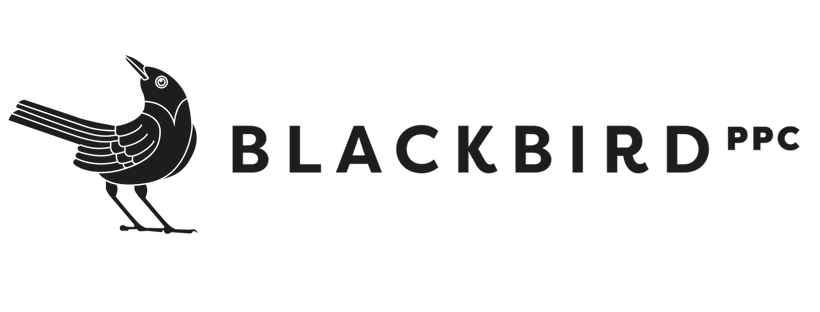Think You Know Which LinkedIn Ad Dimensions Work? A/B Test Them
Lots of marketers like to preach that 1080x1920 dimensions are best practice for LinkedIn mobile ads. The reason: they’re nice and long and gobble lots of vertical space on a mobile screen.
Recently, when we sent some 1080x1920 previews to a client and checked them on our mobile phones, they looked a little off with the extra white space, so went hunting for a better dimension to test. This is almost always a valuable initiative, since you never know the relative appeal of an ad unless you A/B test it against another option.
We decided, before swapping out dimensions, we would test 1080x1920 vs. 720x900 and see which size worked better.
1080x1920 example:
720x900 example:
Before I get into the nitty-gritty of the test, a little reminder on good A/B testing setups:
1) Define goals: What do you want to achieve with the test? Some could include increased CTR or higher conversion rates.
2) Create a hypothesis based on what you think will influence your metrics, and then choose a variable (to keep it clean, sticking to one variable is best).
3) Design the test: Develop different versions of the ad to test, determine your audience segments, and set a sufficient duration to gather meaningful data.
4) Launch the test and analyze the results: Once the test is complete, use statistical methods to compare the ad performance, then assess the results to see if they align with your hypothesis.
In this case, the only variable in this experiment was the size of the creative. Otherwise, we placed the ads in the same campaigns with no change to the audiences, kept the copy and creative style the same, and took the metrics from their first two weeks of run-time.
After running the A/B test for 2 weeks, we saw a marginal 3% improvement to the CTR in the 720x900 version of our ads. While the wider version didn’t drive a huge lift in clicks, both the CVR and CPL improved significantly, increasing 34% and decreasing 24%, respectively, making the wider ad much more efficient. This could be attributed to a better overall user experience with the ad as it fits the LinkedIn mobile app cleaner (without whitespace along the sides) than the 1080x1920 dimensions.
Because the 720x900 sized creatives outperformed 1080x1920 dimensions across almost all metrics, we will be utilizing that size for our LinkedIn tall creatives moving forward – until we find another reason to A/B test an alternative.



